| Afraid to take off your rear wheel to fix a flat tire (or when taking off both wheels to put a bike in a car trunk)? Worried that you'll mess up the chain or shifting; or that you'll get all greasy? Think you'll never get the rear wheel back on right? We have good news: Anyone can remove and install a rear wheel and it won't affect the shifting or the chain. And if you work carefully, you won't have to touch that greasy drivetrain either. Here's how it's done on any bicycle with derailleurs, from road bikes, to mountain bikes and any 2-wheelers in between. Watch the videos and review the step-by-step photos and text. We're also happy to demonstrate in person, too, so please let us know if you'd like a quick lesson. We've covered all the tips and tricks, so you'll be an expert in no time! |
WHEEL REMOVAL 1, 2, 3!
1. Shift onto the small cog and small chainring.
Shifting the chain down onto the smallest cog on the rear wheel and the smallest chainring on the crankset, creates slack in the chain, which makes rear wheel removal much easier. It also makes wheel installation easier because it gives you an accurate way to line up the wheel (on the smallest cog) so that it slips right into the bicycle frame.
If you're riding and feel the rear tire becoming soft slowly from a puncture, you may have time to make the shifts to the smallest cog and ring as you're slowing to a stop.
If you're not riding, or have already stopped, operate the right shift lever, lift the bike by the seat and pedal by hand and the chain will move down the cogs in the back. Depending on the type of shift lever, you may need to move the lever a couple of times to move the chain onto the smallest cog.
Now, do the same with the left shift lever and pedal by hand and get the chain onto the smallest chainring in front, too.
2. Open the brake
Note: If you're fixing a flat tire, you needn't worry about this step because when the air is all out of the tire it will fit through the brake easily. Also, if your bike has disc brakes, you too can skip this step because you don't need to touch disc brakes to remove wheels.
On most bikes with rim brakes, when you try to remove the wheel, the tire bumps into the brake pads. This is because the brake needs to be adjusted close to the rim, while the fully inflated tire is significantly wider than the rim.
To prevent the tire bumping into the brake pads, you can open sidepull brakes by fully rotating the little lever on the brake upwards (photo a). This little lever is called the brake quick release for the way it lets you quickly release (open) the brake pads. For linear-pulls (also called "direct-pulls," and "V-brakes") lift/pull the end of the "noodle" out of its holder (
photo b).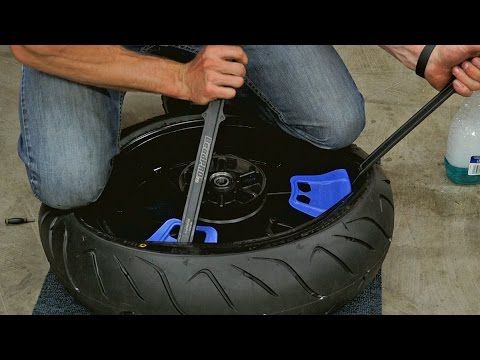
Some sidepulls are opened by pressing a button on the lever. Look for this if there's no lever on the brake.
Open cantilever brakes (these feature a cable that runs over the top of the tire) by lifting the cable end on one side out of its holder.
Workarounds: If you can't find a way to open a brake, you can also let air out of the tire until you can pinch it enough to squeeze it through the brake pads. Another trick - though it requires tools and time - is to remove one brake pad which will often provide sufficient clearance. If not, you can remove both pads. Just be sure to remount them carefully so that they contact the rim squarely and don't touch any part of the tire.
3. Pull the derailleur back and remove the wheel
Now you're ready to remove the wheel. Most bicycle wheels have quick releases holding them in the frame (the red parts in the photo). To open the quick release and loosen the wheel, simply pull and fully open the lever, which is usually on the opposite side of the chain. Don't twist the lever. Just pull it out/away from the frame.
Don't twist the lever. Just pull it out/away from the frame.
When the quick release is open, the wheel is ready to come out. To remove it, lift the bike by the seat so that gravity will help you. On some bikes the wheel will drop right out at this point (don't let it roll down the road and escape!). Or, if it doesn't fall out on its own, give it a slight blow with your hand and that might knock it right out.
Don't force anything though. If the wheel doesn't come out right away, it's because the derailleur and chain are blocking it. To get them out of the way, keep holding the rear end of your bike off the ground by lifting the bike by the seat. Reach down with your free hand and pull back the derailleur with your hand to get it, and the chain, out of the way.
Now, the wheel should fall out or drop out if you shake the bike. If the chain gets in the way still, just grip the wheel and shake it so that it's free of the chain and fully off the bike (that way you never touch the chain and stay clean). Good job!
Good job!
Note: To clearly show the desired derailleur position, we locked it in place. You must pull it back by hand when removing wheels because it won't stay in place on its own.
How to put the rear wheel back on
| As you guessed, installing the rear wheel is the same as removal only in the reverse order! You just place the wheel back in the frame being careful to get the chain on the right cog, close the quick release to lock the wheel in, and close the brake so your brakes are working again. The video shows front and rear wheel installation in that order. We go over the step-by-step below and explain some of the things that can go wrong and how to deal with them. It can be frustrating if the wheel won't go in easily. But there's always a mechanical reason. So, look at what you're doing carefully and read our instructions a few times and you should be able to find the problem and address it so that the rear wheels goes right back where it belongs. |
If your wheel won't go in easily, check these things:
Did you get the chain on the cog right? Remember that you shifted the chain onto the smallest rear cog before you removed the wheel. So, you must put the wheel back on by first lining that smallest cog up just right so that the chain is on it. Also, pay attention to how the chain rests on the cog. The chain is a closed loop. The cog should be inside the loop (see the photo in Step 3).
Note: If the wheel has been off the bicycle for some time, it's possible that someone might operate the shift levers. This can move the derailleur so that when you line up the wheel with the smallest cog the wheel won't go into the frame. Instead it bumps into the frame. To remedy this and get the wheel in, simply operate the shift lever as if you're shifting onto the smallest cog. This will move the rear derailleur back where it needs to be so that the wheel will line up right with the frame and go in.
This will move the rear derailleur back where it needs to be so that the wheel will line up right with the frame and go in.
Did the chain come off the derailleur pulley? Another glitch that can prevent the wheel going right into the frame is if the chain happens to come off the top pulley on the derailleur (photo). This is hard to see but it has a similar effect to someone shifting the derailleur into the wrong position and it makes the wheel run into the frame and not want to go in. To fix it, just push the chain back onto the pulley and make sure it stays there as you install the wheel. Tip: Use a stick to push it on or wrap your finger in a rag and you'll stay grease-free.
Is your quick release still open? Sometimes when the wheel is separate from the bike, the quick release lever gets bumped and flipped over and closed. When this happens the wheel won't fit in the frame anymore because the quick release is closed and in the way. Open it and the wheel will fit.
Open it and the wheel will fit.
Now that you know how it's done, you may want to practice removing and installing your rear wheel a few times to become expert at it so that when you have to do it, it's a breeze. And, so you can dazzle your friends by helping them remove/install their wheels! Have fun and let us know if you'd like a demo.
istockphoto.com
Experienced cyclists know punctures occur frequently, so it’s important to learn how to change a bike tire even if you are a more casual cyclist. When your bike tire is punctured, you may be able to repair it yourself. But if the damage is too extensive, or the tire is already severely worn, then replacing the tire may be necessary.
Typically, bike owners cannot repair large breaks, splits, or punctures with a tire patch kit. Similarly, any significant signs of tire wear, strain, or cracks should indicate it’s time to replace a bike tire. Most cyclists learn how to fix a bike tire to deal with minor punctures and replace one after more severe damage has occurred.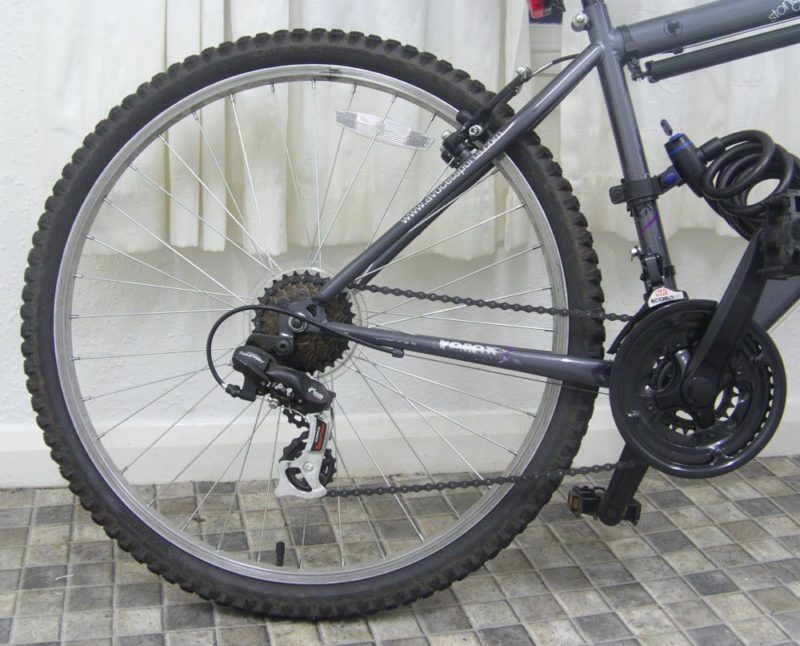 If you need a refresher, are new to cycling, or are getting into bike maintenance, then follow the steps below to learn how to change a bicycle tire.
If you need a refresher, are new to cycling, or are getting into bike maintenance, then follow the steps below to learn how to change a bicycle tire.
To access the bike tire, either put the bike on its side or stand it upside down, resting on the handlebars. However, some cyclists avoid placing the bicycle upside down because this position could damage the handlebars or seat. Choose the position with which you feel the most comfortable. Another option is to invest in an upright bike stand that can position the bicycle off the ground while you work. If you are laying the bike on its side, make sure the chain side faces up.
Advertisement
If you are replacing the back tire, then it’s important to adjust the gears to the smallest ring beforehand to make it easier to remove the tire. The smallest ring is the outer gear of the bike.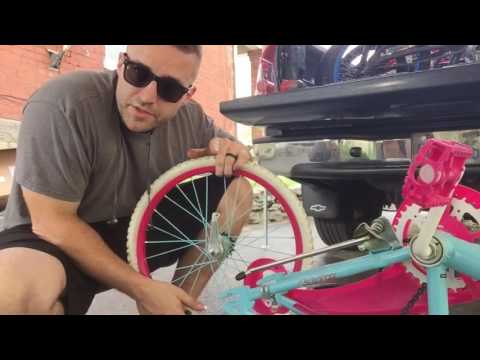
If the bike includes a quick-release lever, it will be located in the center of the bicycle wheel. Loosen and remove the lever by pulling up and turning the lever 180 degrees. Then set it aside for reinstallation. This should free the wheel to allow the damaged tire to be replaced. However, many bikes don’t come with a quick-release lever. If this is the case, then a wrench is needed to loosen the nut in the center of the wheel.
Typically, a 15 millimeter wrench will be the correct size to loosen and remove the wheel nut. Keep in mind that you can also check the bicycle manual or the manufacturer’s website for details on how to remove your specific bicycle tire. Additionally, if the nut is seized, WD-40 or a similar lubricant can be used to help loosen the threads and remove the nut.
RELATED: How to Change a Car Tire Like a Pro
istockphoto.com

If you attempt to remove the wheel without detaching the brake cables, the force can damage the cables. On some bikes, the brake cables will disconnect automatically when the quick-release lever is removed, but the brake calipers must be squeezed in order to release the cables in most cases.
Don’t forget to lift the chain off of the gears when replacing the rear wheel on a bike. Once the chain and brake cables are disconnected and the wheel nut or quick-release lever has been removed, you can lift or pull the tire out of the forked slot where it usually sits on a bicycle.
Advertisement
To remove the rubber tire from the metal wheel, the tire needs to be deflated completely. Take off the air valve cap and set it aside for reinstallation. Release the air from the tire with a wrench by pressing down on the plunger inside the air valve. Alternatively, your bike may have a Presta valve or a Dunlop valve; these need to be pulled up to release the air.
If the air valve has a retaining nut or lock ring securing it to the wheel’s rim, then loosen and remove the part, placing it with the air valve cap for reinstallation at a later stage in the process.
The deflated tire will still be difficult to remove from the rim of the wheel. First slide a tire lever between the rim and the tire, then use leverage to pop the edge of the tire up out of the rim. Secure the tire lever to the spokes of the wheel and use a second tire lever on another section of the tire. Work the second tire lever around the rim of the wheel until the entire side is free. This should give you enough space to reach inside the tire and pull out the inner tube.
Once you have removed the inner tube, you should be able to take the tire off the metal wheel by rolling or twisting the tire over the edge of the rim with your hands. Work your way around the outside of the wheel until the tire is free, and inspect it for any serious damage. In many cases, only the inner tube needs replacing, but if there is severe damage to the outer tire, then it will also need to be changed.
In many cases, only the inner tube needs replacing, but if there is severe damage to the outer tire, then it will also need to be changed.
Advertisement
RELATED: 15 Clever Bicycle Storage Ideas for Any Space
Take the new tube out of the packaging, making sure to remove the dust cap, lock ring, and valve cover. Unfold the tube and check to make sure it has no pre-existing damage, then connect it to a bike pump or tire inflator to add air to the new tire tube. Do not fill the tube all the way just yet.
The purpose of adding air at this stage is to help the tube hold its shape and avoid damage caused by pinching, bending, or twisting the tube while reinstalling it. Put any small parts in a safe spot to make sure that they are not misplaced.
istockphoto.com
Whether installing a new tire or refitting an old tire with a new inner tube, it’s recommended to inspect the inside and outside walls of the tire for any existing damage, severe wear and tear, or sharp objects that could cause additional damage before installing the inner tube. Refit one side of the tire on the rim of the wheel, ensuring the tread is pointed in the correct direction.
Refit one side of the tire on the rim of the wheel, ensuring the tread is pointed in the correct direction.
Slide the air valve through the valve hole and feed the inner tube into the hollow space inside the tire and wheel rim. With the tube in place, twist the outer edge of the tire so that it slips into the wheel rim. Try to start near the valve and finish across from it—the tire will be looser in this position. If the tire resists too much, you may need to let some air out of the inner tube or use a tire lever to help position the last section, where the tire is the tightest. Also, remember to reinstall the lock ring or valve retaining nut if your bike has one.
Advertisement
RELATED: 5 Bike Racks to DIY on the Cheap
Use a bike pump or home air compressor to fully inflate the inner tube. If the PSI is not written on the tire, you can refer to the bicycle manual or manufacturer’s website for the appropriate air pressure.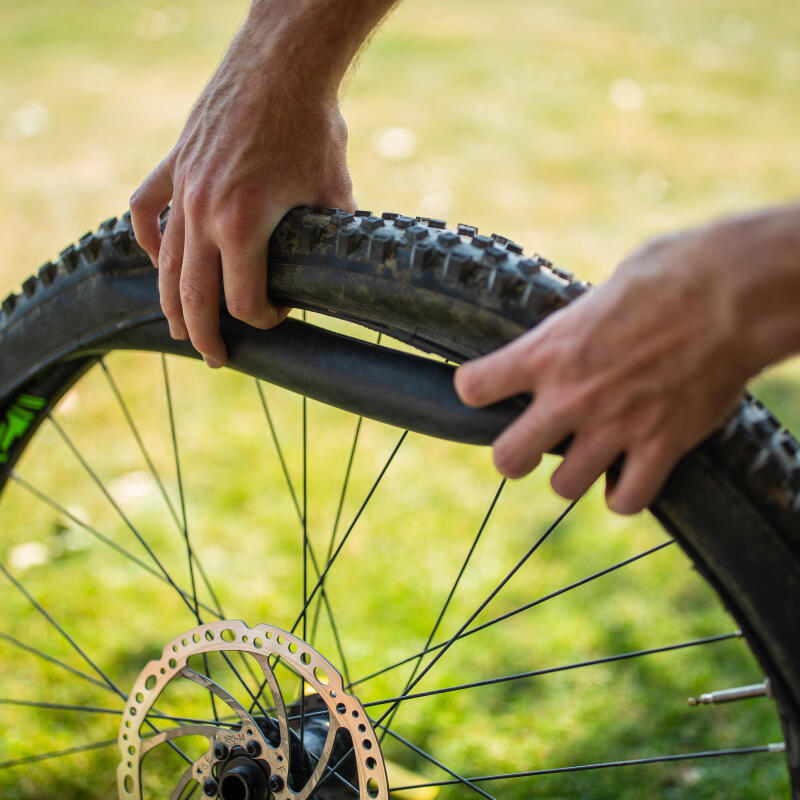 Don’t forget to put the cap back on the air valve to prevent accidental tire deflation during use.
Don’t forget to put the cap back on the air valve to prevent accidental tire deflation during use.
Slide the wheel back onto the bike and secure it with the quick-release lever or wheel nut, as applicable. Reattach the brake cables and lift the chain back onto the gears if you replaced the rear tire. Rotate the wheel to ensure it spins freely, then place the bicycle upright and test the repair with a short ride. Make sure to clean up any old parts and dispose of old tires through local recycling facilities. Some bike and car shops also have programs for accepting old tubes and bike tires.
istockphoto.com
Regular bicycle maintenance and proper storage can help keep a bike in top condition over years of ownership. Always replace or repair any tire damage as soon as possible to avoid bending a bike’s wheel. Also, during the repair or replacement process, make sure to keep track of all small parts, like nuts, lock rings, or valve caps. While small in size, their purpose is essential to the bicycle’s function, and losing one during a repair can create another problem needing to be resolved before the bike can be used again.
Advertisement
This easy-to-follow beginner's step-by-step guide shows you how to install and remove pedals from your bike.
Knowing how to remove and change bike pedals is a key skill for any cyclist, especially if you're building a new bike or want to try clipless pedaling.
In this step-by-step guide, we'll walk you through the tools you need to change the pedals on your bike, including how to identify the left and right pedals, how to remove the old pedals, and of course, how to install the new pedals.
Contents
Most pedals require a 15mm wrench or 8mm hex wrench.
Most pedals are installed and removed with a 15mm wrench or 8mm hex wrench.
In this guide, we used T-handle hex wrenches and a set of 440XL high torque combination wrenches to demonstrate the steps to take to replace bicycle pedals.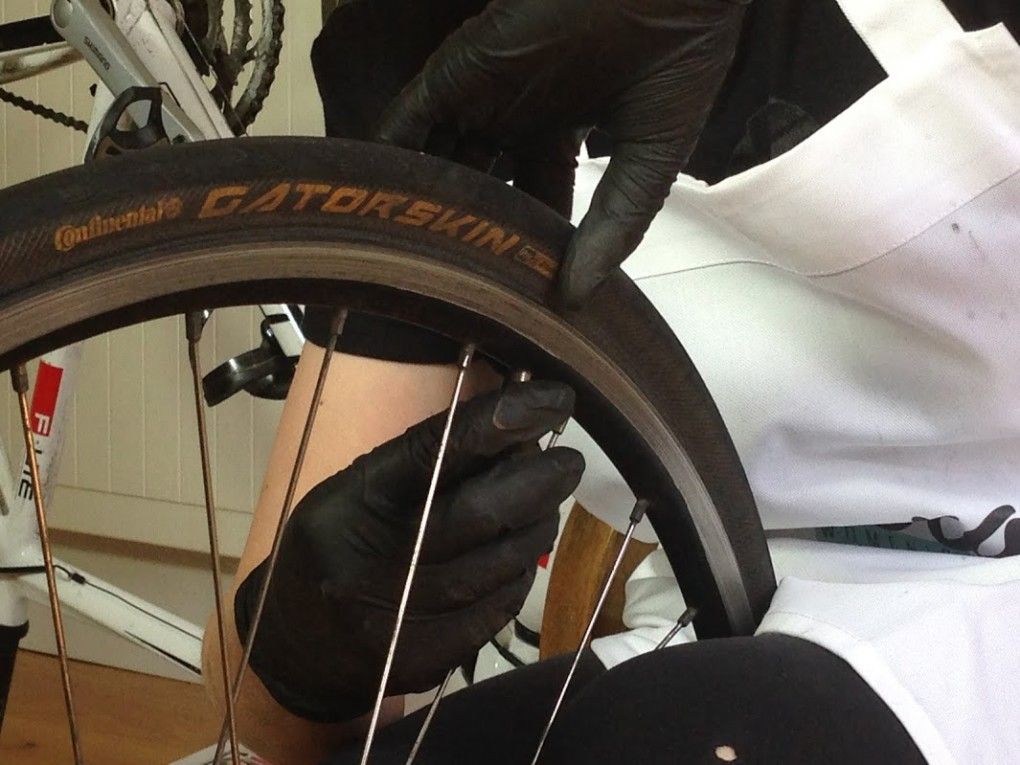
If your pedals have such parallel surfaces, you will need a 15mm wrench.
If your pedals have parallel surfaces on the spindle between the pedal body and the crank, you will need a 15mm wrench.
Any 15mm wrench will work as long as it's not too thick to fit between the handlebar and pedal body. You may find it difficult to insert an adjustable wrench there.
Don't be put off by these circlips. They will almost always be larger than 15mm and are used to access the interior of the pedal.
Some pedals, such as the more expensive Shimano pedals, have a large lock nut next to flat wrench surfaces. They are used to access the interior of the pedal for maintenance - don't get confused.
Some very old pedals may have a 9/16" flat top. You're unlikely to run into this on anything but the oldest bikes, and given that 9/16 of an inch equals 14.28mm, you might not even notice using a 15mm wrench.
If your pedals have a hex on the spindle end (when viewed from the inside of the crank), you will need an 8mm hex wrench. Some pedals use a 6mm hex wrench instead, but there are fewer of these.
Some pedals use a 6mm hex wrench instead, but there are fewer of these.
A long handled hex wrench is best for removing pedals, while a sliding T-shaped hex wrench is ideal because it allows you to move the long end of the hex wrench to avoid hitting the bike's sprockets.
Don't be fooled by the dust caps on the outside of the pedal - they're used to service the pedals.
Note that you always install or remove pedals from the crank end of the pedal spindle. If your pedals have a bolt, cap, or screw on the outer end of the pedal spindle, they are only used for bearing maintenance.
The left and right pedals have different threads, so it's important to make sure you install the correct pedal on each side of the bike.
Before we continue, for the avoidance of doubt:

The right pedal is always loosened counterclockwise and tightened clockwise.
Right (driving) pedals always have a standard thread.
This means that they tighten when the spindle is turned clockwise and loosen when turned counterclockwise. In other words, to the right to tighten, to the left to loosen.
The left pedal is always loosened clockwise and tightened counterclockwise.
The left pedal (non-drive side) is always reverse threaded. This means that they tighten when the spindle is turned counterclockwise and loosen when turned clockwise.
Most pedals are clearly stamped to distinguish left from right.
Fortunately, each pedal will have some kind of marking to indicate whether it is right or left.
Often, an L or R will be stamped on the end of the spindle.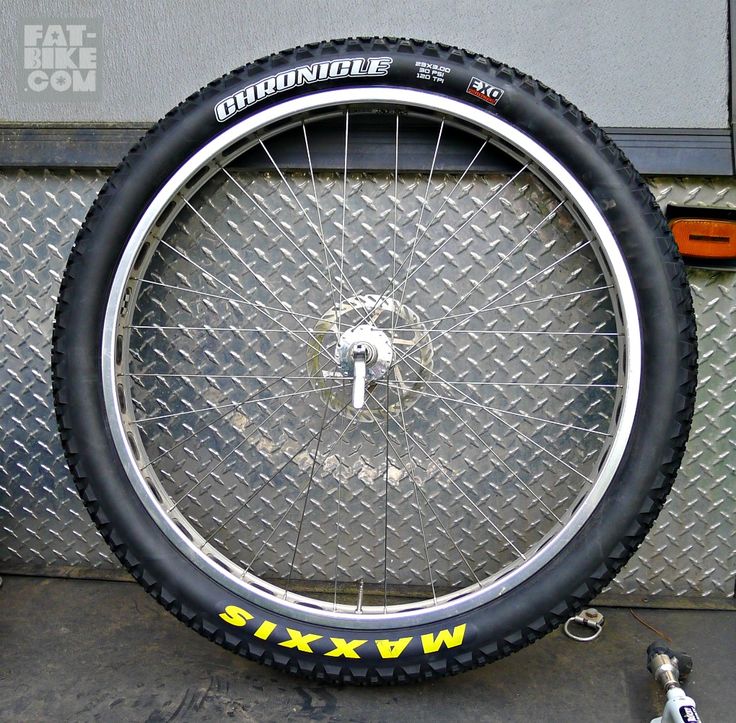 It is also sometimes stamped on flat surfaces under the pedal wrench or printed on the pedal body.
It is also sometimes stamped on flat surfaces under the pedal wrench or printed on the pedal body.
It is also sometimes printed on the body of the pedal.
If your pedal does not have this, it may instead have a textured area next to wrench flats to indicate it is a left pedal.
Look closely at the threads to determine which pedal is on the left pedal - the threads will be tilted up to the left.
If your pedal doesn't have this either, you can take a close look at the pedal spindle threads.
The right pedal has a standard thread and looking at the thread it looks like it is pointing up to the right.
The left pedal is reverse threaded and looking at the threads they appear to be tilted up to the left.
Turn the cranks approximately parallel to the ground.
Rotate the cranks so that, when viewed from the drive side of your bike, the right crank is roughly toward the front wheel (three o'clock position).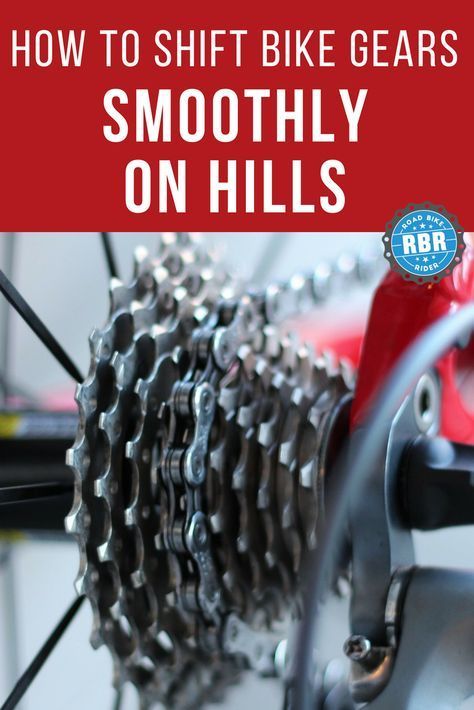
Place wrench on wrench flats and push.
If your pedals have flat wrench surfaces, place the wrench on them with the wrench pointing towards the rear of the bike.
Press hard to loosen the pedal.
If your pedals use a hex wrench, place the short end of the hex wrench in the back of the pedal with the long end toward the rear of the bike.
With the tool in place, press hard on the tool while holding the opposite lever to loosen the pedal. After that, you can continue to unscrew the pedal manually.
If your pedals were not lubricated when they were installed, or if they were simply not removed for a long time, this may require a lot of force.
If you cannot loosen the threads by hand, carefully increase the force with an old pipe or similar tool.
If you don't have anything like this on hand, you can try putting the bike's wheels on the floor and with someone holding it steady, try using your foot to apply extra pressure instead.
Before doing this, make sure your tool is very securely attached to a flat or hex wrench head. We also recommend placing a folded towel or old book under the pedal to protect the floor.
Do the same with the non-powered pedal.
Looking at the bike from the non-drive side, turn the left handlebar so that it points to the front wheel (nine o'clock position).
Now, following the same steps as before, place the tool so that it points towards the rear of the bike.
Thoroughly clean the threads before installation.
If you have a used pair of pedals or a used bike, thoroughly clean the threads on both the crank and the pedals. Sand or dirt can damage the threads over time and cause thread wear.
After cleaning the threads, apply a light coat of lubricant or anti-seize compound to the pedal axle threads.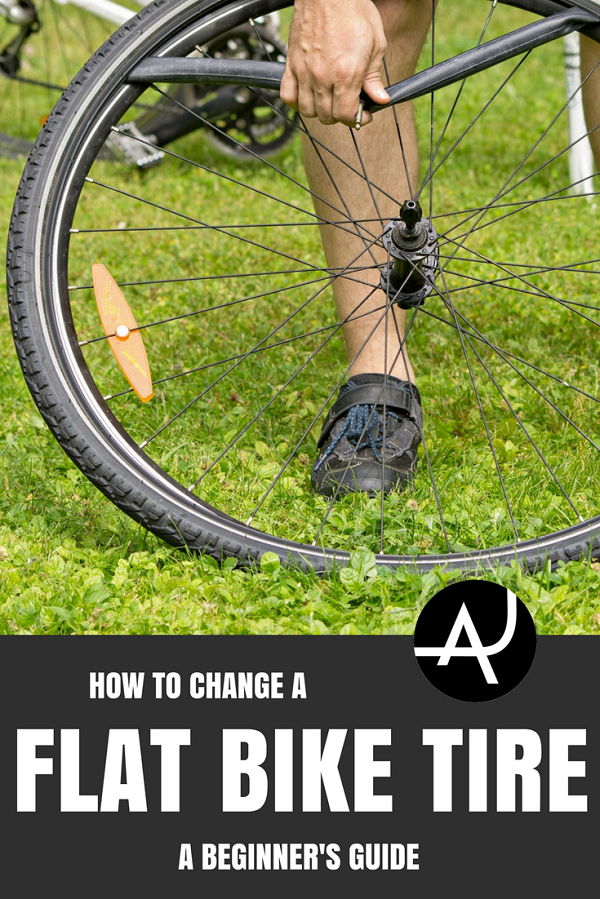
Do not skip thread lubricant. You will only regret it later.
This step is absolutely necessary. At best, installing dry-threaded pedals can make your pedals very difficult to remove. Worst case scenario, if left long enough, your pedals and cranks can stick together forever.
Don't be tempted to use anything other than lubricant or EP additives here - chain lube or other oils won't work in the long run.
Some cranks and pedals require a thin pedal washer to be fitted to the spindle prior to installation. If you are unsure, refer to your bike's owner's manual.
Pedal screwing in by hand.
After lightly lubricating the pedal shaft, start by screwing the shaft in by hand. The right pedal is tightened when the axle is turned clockwise.
Continue turning the pedal by hand until it rests on the crank. Once you have bottomed out to the crank, lightly tighten the pedal with a hex wrench or wrench.
Tighten the pedals until they are snug against the crank.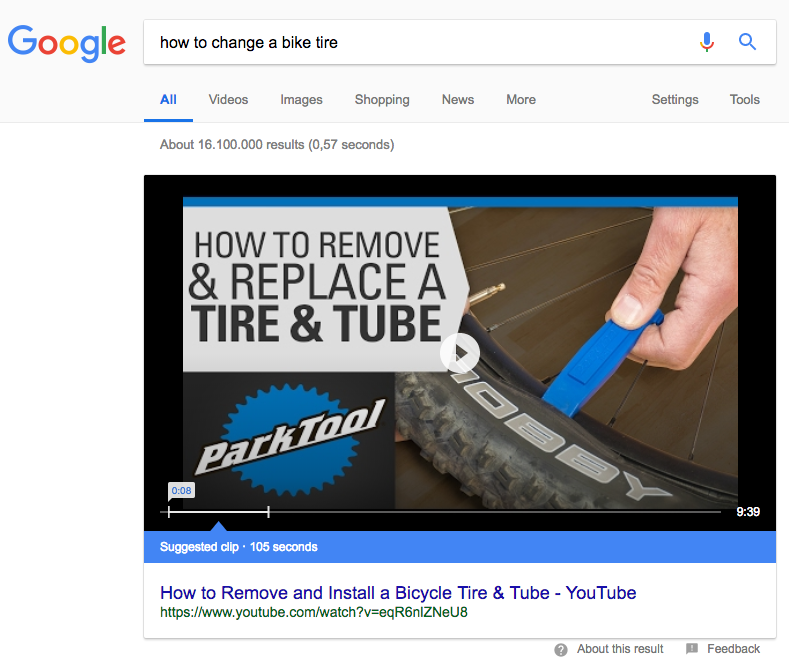
Pedals don't have to be very tight - just fit snugly on the handle.
You may not be able to manually screw the pedal into the old cranks.
Before you start working with the tools, first double check that you are installing the correct pedal accurately - the left pedal will not screw into the crank and if pushed it will cross the threads and damage the bike's crank.
Even experienced mechanics make mistakes if they are in a hurry, so make sure you do it right.
Once you are 100 percent sure you are installing the correct pedal, you can try using your wrench or hex wrench to get started.
The process is exactly the same for the left pedal, but because it has a reverse thread, you tighten it by turning it counterclockwise.
Once you've installed the pedals, wipe off any excess grease from the crank and you're ready to ride. chain ring is called.
chain ring is called.
Amazon Bicycle Accessories
The gear ratio is the number of revolutions of the rear wheels per pedal stroke. and gear ratio 1 In case one revolution of the pedal corresponds to one revolution of the rear wheel.
cassette sprocket 11-28T I. 11-32T connecting rod 48-38-28T In type designations " T " teeth number of gear teeth で, 11-28T I. 48-38-28T etc. gear configuration The number of teeth on all gears.
Cassette star 11-28T Y. 11-32T , connecting rifle 48-38-28T in designations " T " TEATES The number of gear で, 11- 11- 28T I. 48-38-28T Etc. gear configuration In general, sprockets have the number of teeth on the top and bottom, and cranks have the number of teeth on all gears.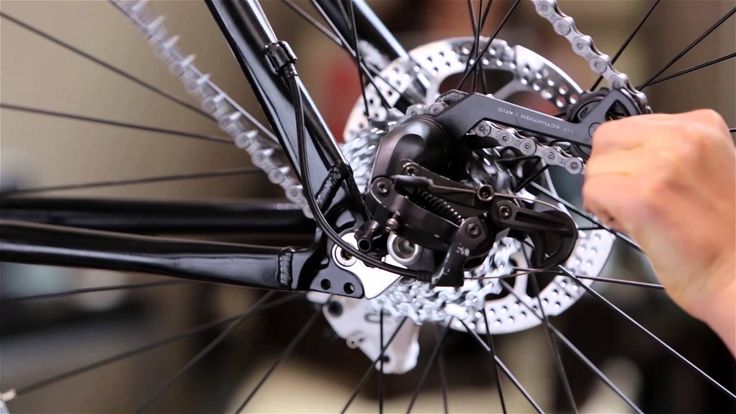
A typical city cycle (mamacari) has 32 teeth. front and 14 tooth. rear, so the gear ratio is 32 ÷ 14 = 2.285.
when cycling Cadence By keeping the crank RPM constant, the load on the body is reduced, so the number of teeth of the middle gear, which is used more often than the number of teeth of the lower and higher gears, is more important, but there are many descents, etc. The choice of gear ratio also depends on the route to be traveled.
SHIMANO CS-HG51-8 8 speed cassette sprocket has 11-28T 11-30T gear ratio type 93.32T 48th to 3rd speed when the number of teeth and the front end are external (6 teeth) are as follows.
11-28T
Teeth: 11-13-15-17-19-21-24-28
Ratio: 2.28/2.52/2.82/3.20
11-30T -3 -15-17-20-23-26-30
Gear ratio: 2.08/2.40/2.82/3. 20
20
11-32T
Number of teeth: 11-13-15-18-21-24-28-32
Gear ratio: 2.00/2.28/2.66/3.20
The 11-28T can shift smoothly, but the 1st shift is slight, and the 11-32T has a snappy 1st shift, so when downshifting hard it becomes easier.
A special tool is required to change the sprocket.
If you can't see the image, disable your ad blocker.
It seems like it would be difficult because the special tools are so bulky, but changing the sprocket is surprisingly easy.
Remove the rear wheel and remove the quick shift lever.
To remove it with a special tool circlip Pinion fixing parts.
sprocket remover Place (tool with chain) on the lowest gear (largest gear) so that the sprocket does not rotate when removing the circlip, attach the circlip tightening tool to the center of the sprocket, rotate the sprocket remover to the right and turn the tool to tighten the circlip to the left to remove the circlip.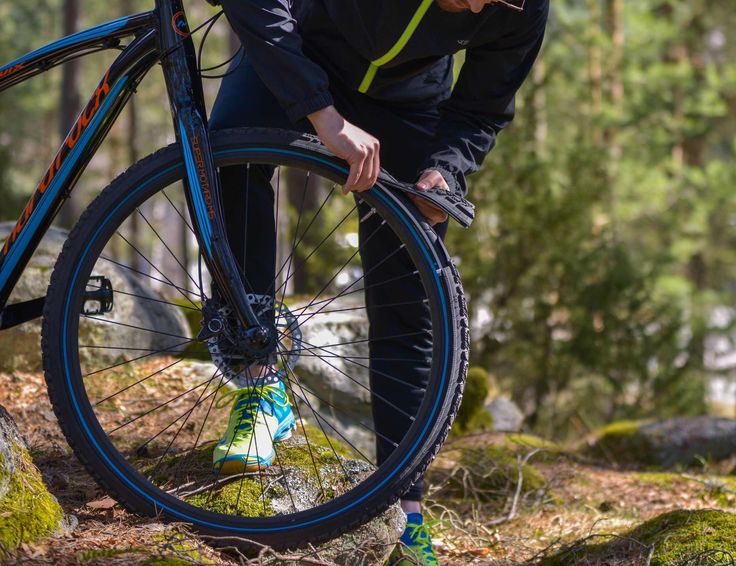
The sprocket pops out when the circlip is removed.
Replacing a removed sprocket (left) with a sprocket (right).
The gear has a fixed position for installation, and only one place wide groove there is a part
There is only one part of the sprocket, which is different in size, so connect this part together and install the sprocket.
After combining the 2nd to 8th gears, install the top gear (11T) into the groove.
Finally, close it with the circlip and turn it by hand.
Finally, tighten with a circlip tightening tool.
Finish by going through the quick lever.
Easy seat and handlebar replacement even for beginners and front extension procedure. Bicycle parts are relatively inexpensive, but in many cases, special tools are required for installation, and hobbyists enjoy the job, including child adjustment errors […]
Cross bike tire size and tire replacement years of use.